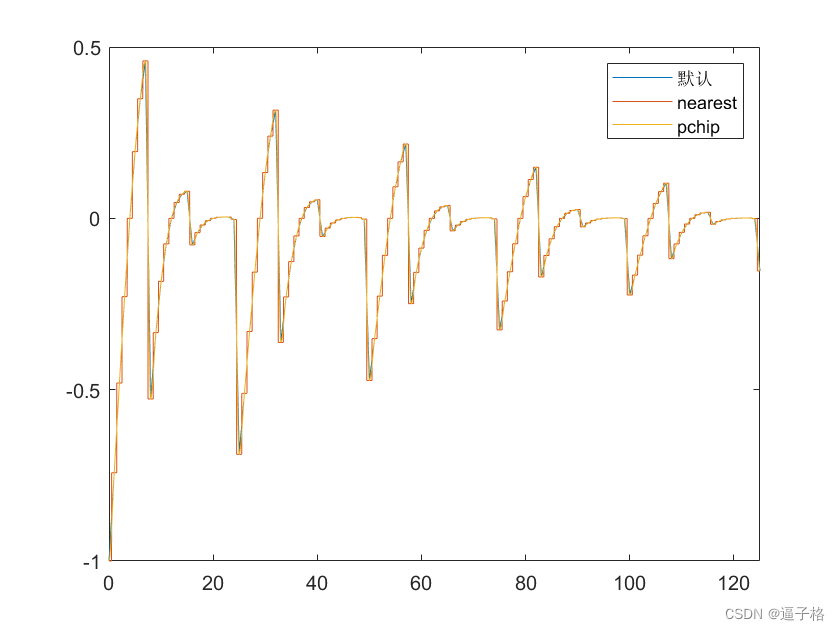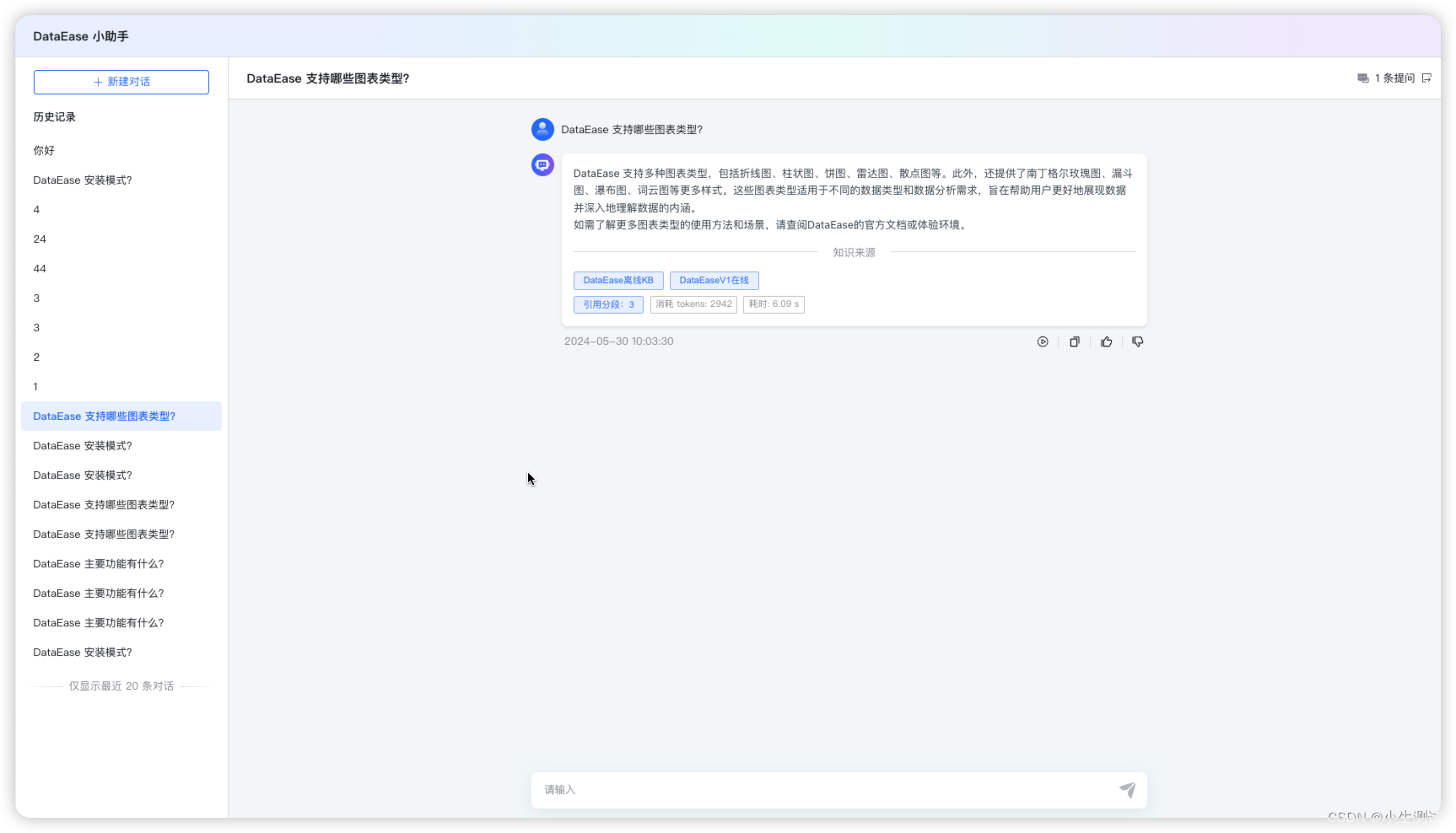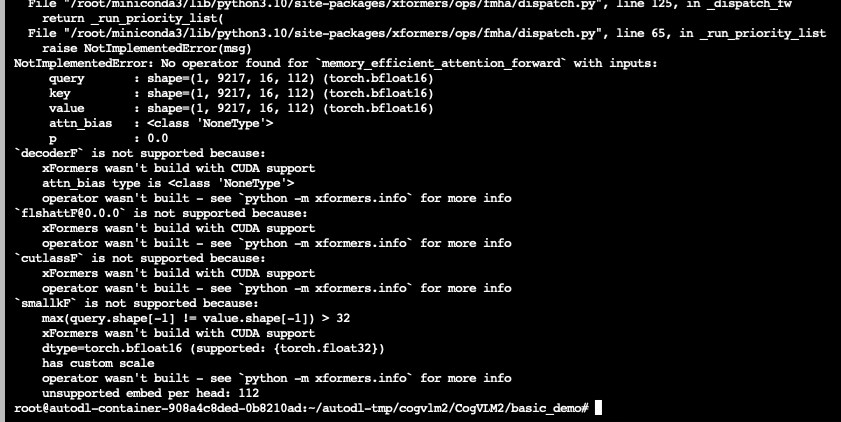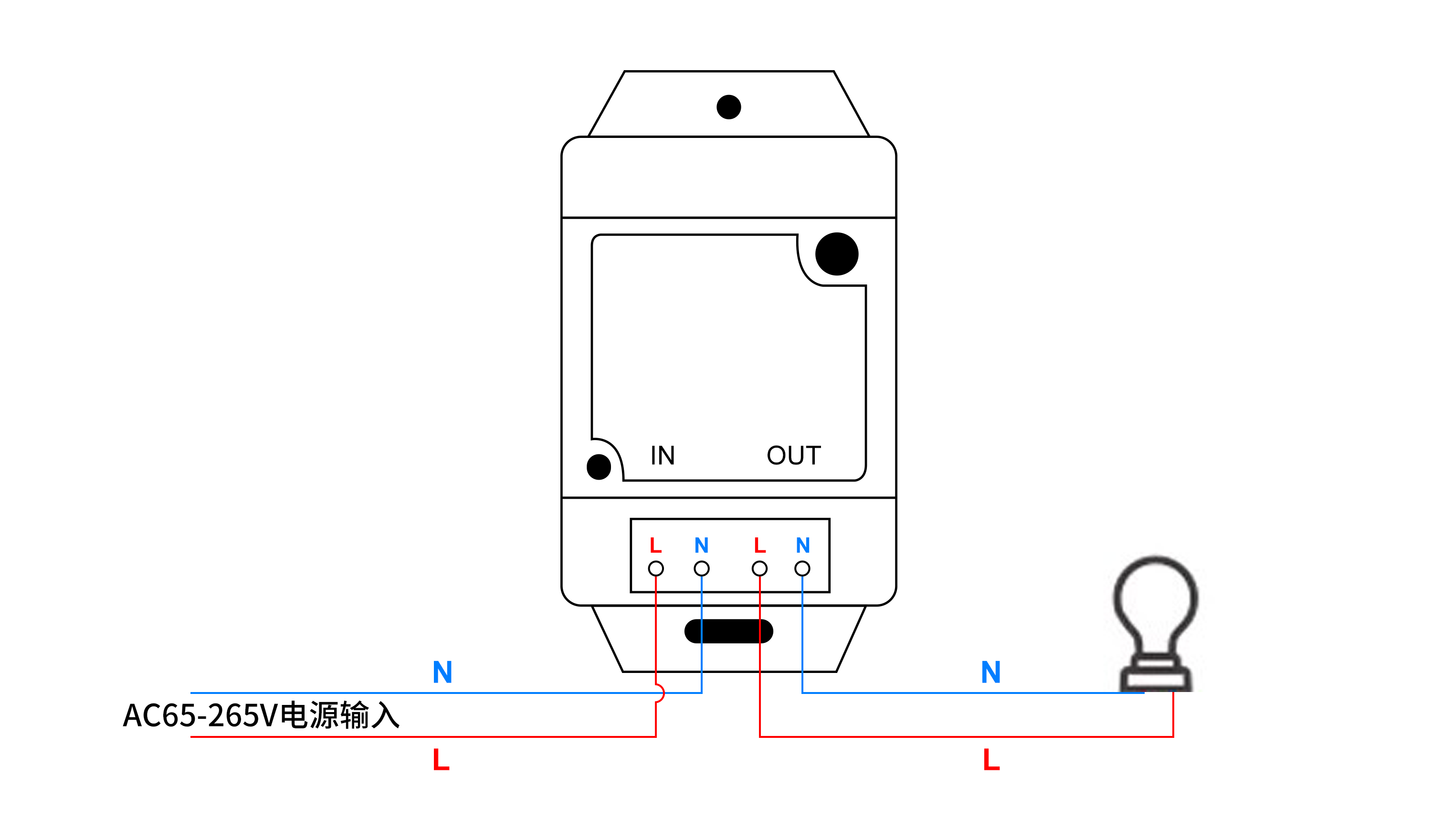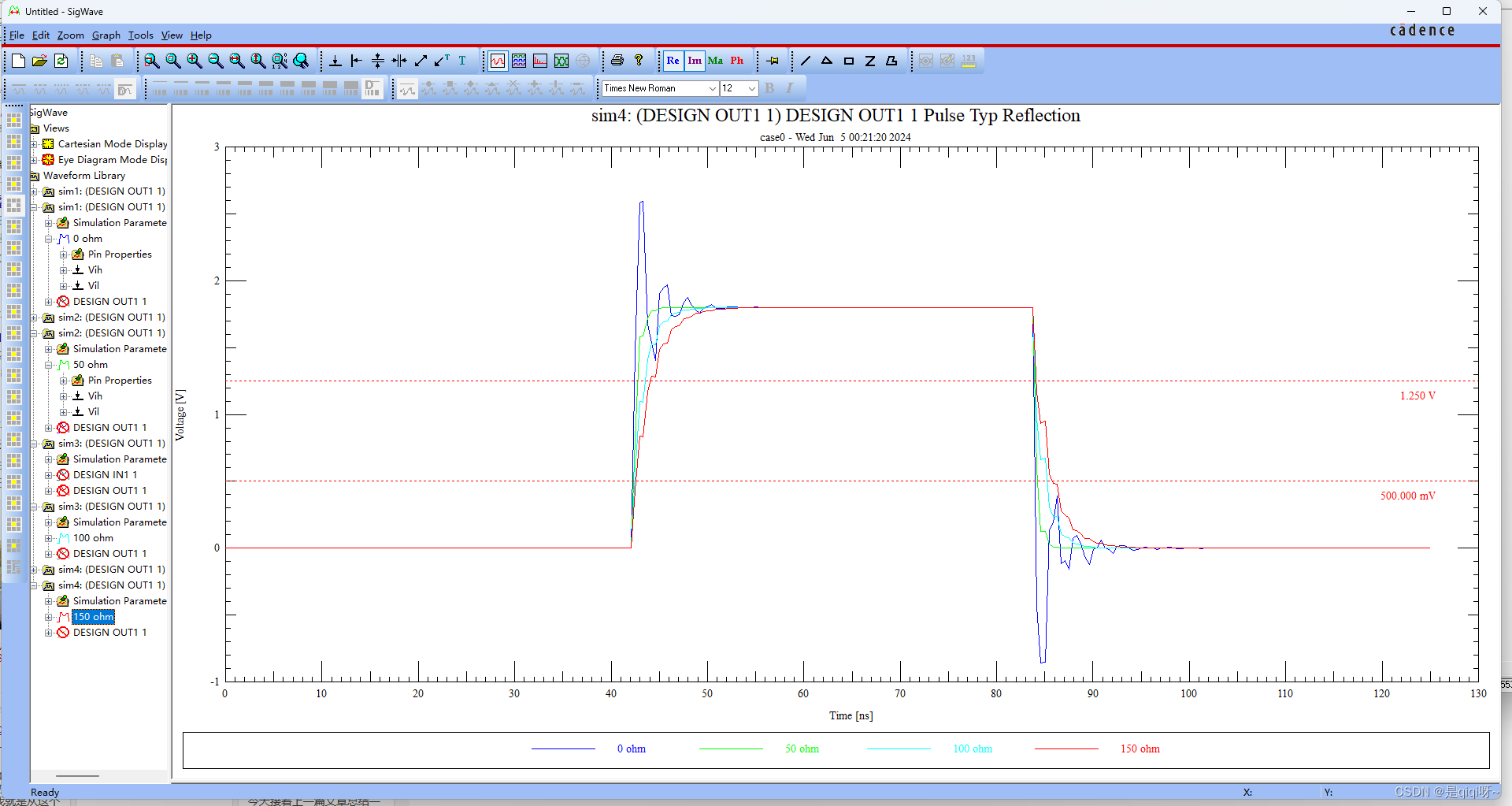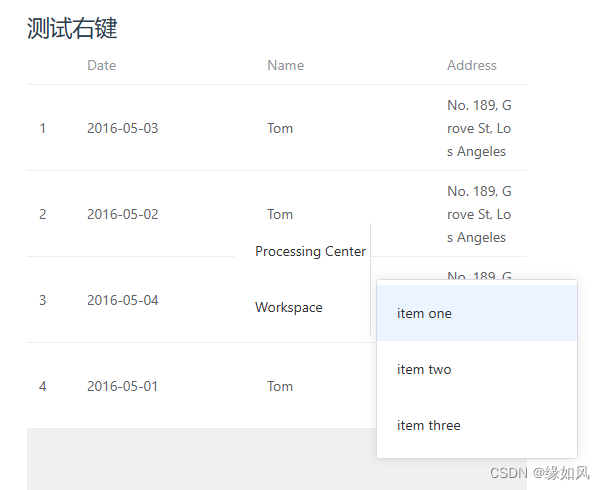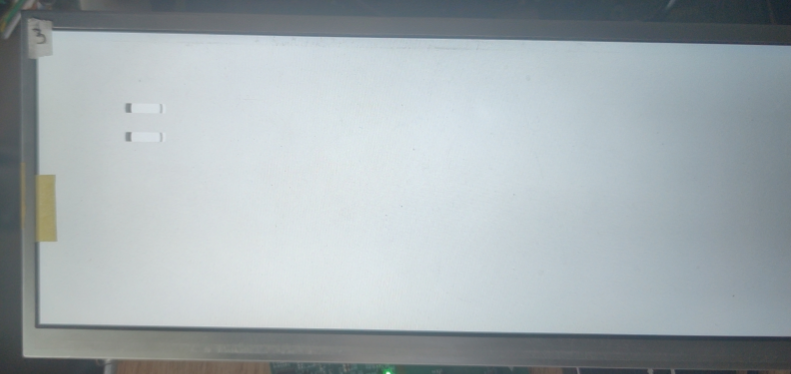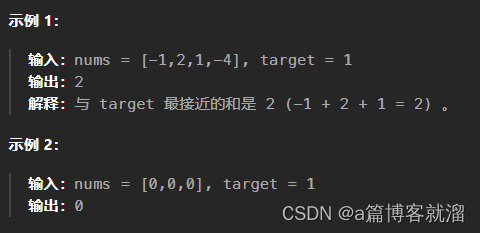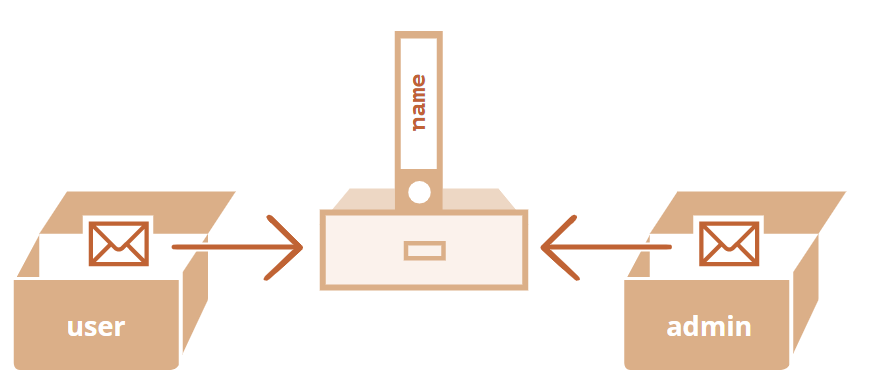1、pulstran()函数
1)语法
语法1:y = pulstran(t,d,func,fs) 基于连续函数的采样产生脉冲序列。
语法2:y = pulstran(t,d,p) 生成一个脉冲序列,该脉冲序列是向量p中原型脉冲的多个延迟插值的总和。
语法3:y = pulstran(,intfunc) 指定可选的插值方法,可以将此参数与前面的任何输入语法一起使用。
2)参数
t:时间 d:抵消 func:连续函数 p:原型脉冲 fs:采样率 intfunc:插值法
2、周期性矩形脉冲
代码
t = 0:0.001:60;
d = [0:2:60;sin(2*pi*0.05*(0:2:60))]';
x = @rectpuls;
y = pulstran(t,d,x);
plot(t,y)
hold off
xlabel('s/时间')
ylabel('幅值')试图效果
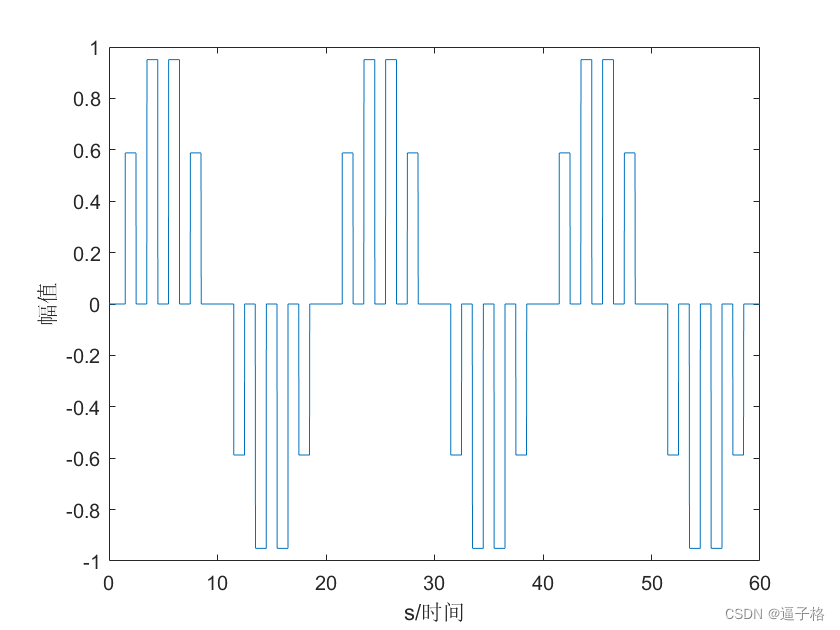
3、不对称锯齿波形
代码
fs = 2e3;
t = 0:1/2e3:1;
d = 0:1/3:1;
x = tripuls(t,0.2,-1);
y = pulstran(t,d,x,fs);
plot(t,y)
hold off
xlabel('s/时间')
ylabel('幅值')视图效果
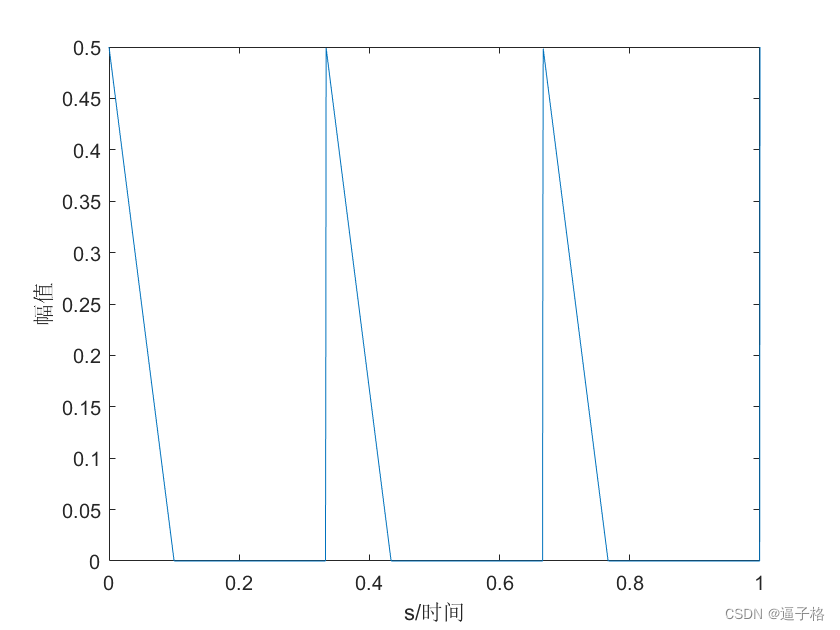
4、 周期高斯脉冲
1)单个高斯脉冲
代码
fs = 2e7;
tc = gauspuls('cutoff',10e3,0.5,[],-40);
t = -tc:1/fs:tc;
x = gauspuls(t,10e3,0.5);
plot(t,x)
xlabel('s/时间')
ylabel('幅值')视图效果
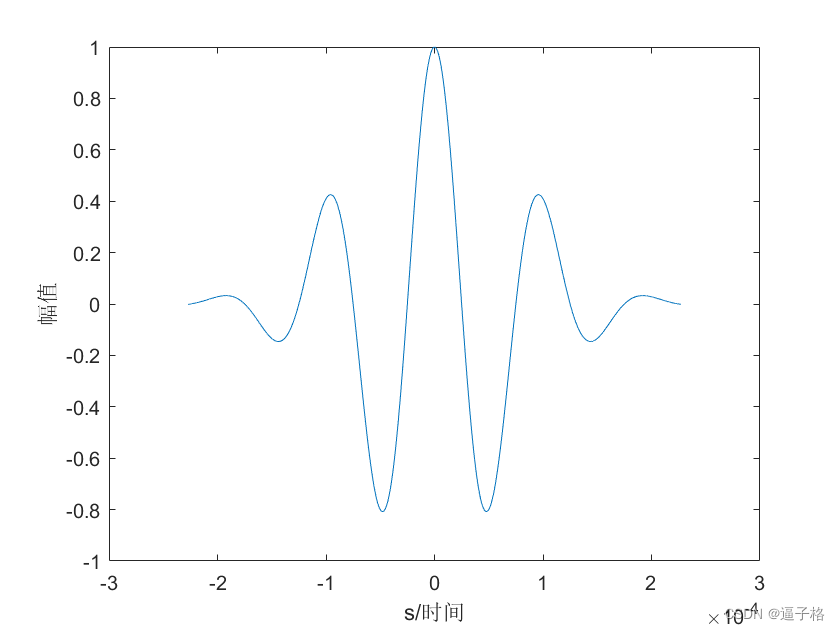
2)高斯脉冲序列
代码
fs = 2e7;
tc = gauspuls('cutoff',10e3,0.5,[],-40);
t = -tc:1/fs:tc;
x = gauspuls(t,10e3,0.5);
% plot(t,x)
% xlabel('s/时间')
% ylabel('幅值')
ts = 0:1/50e3:0.025;
d = [0:1/1e3:0.025;sin(2*pi*0.1*(0:25))]';
y = pulstran(ts,d,x,fs);
plot(ts,y)
xlim([0 0.01])
xlabel('s/时间')
ylabel('幅值')视图效果
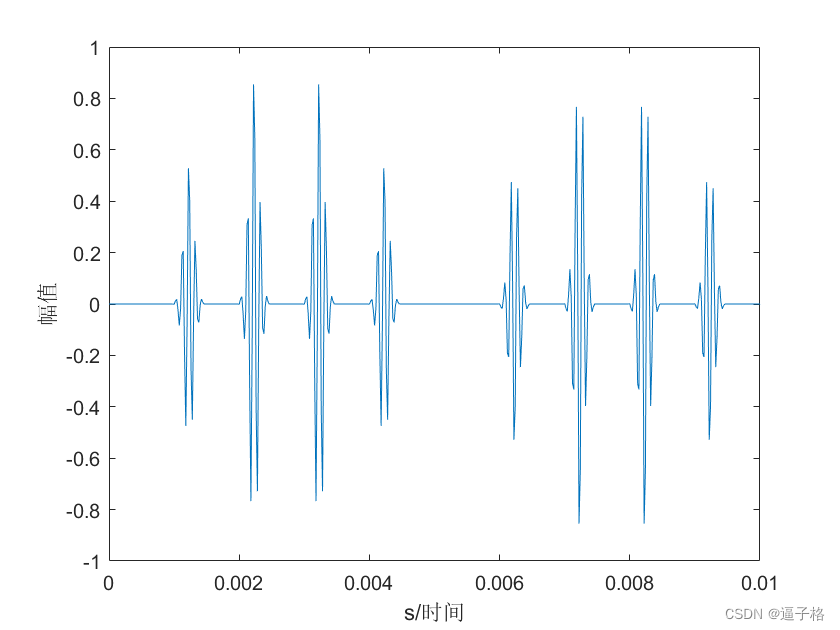
5、定制脉冲序列
1)单个脉冲
代码
fx1 = @(x,fn) sin(2*pi*fn*x).*exp(-fn*abs(x));%函数句柄
ffs = 1000;
tp = 0:1/ffs:1;
pp = fx1(tp,30);
plot(tp,pp)
xlabel('s/时间')
ylabel('幅值')试图效果
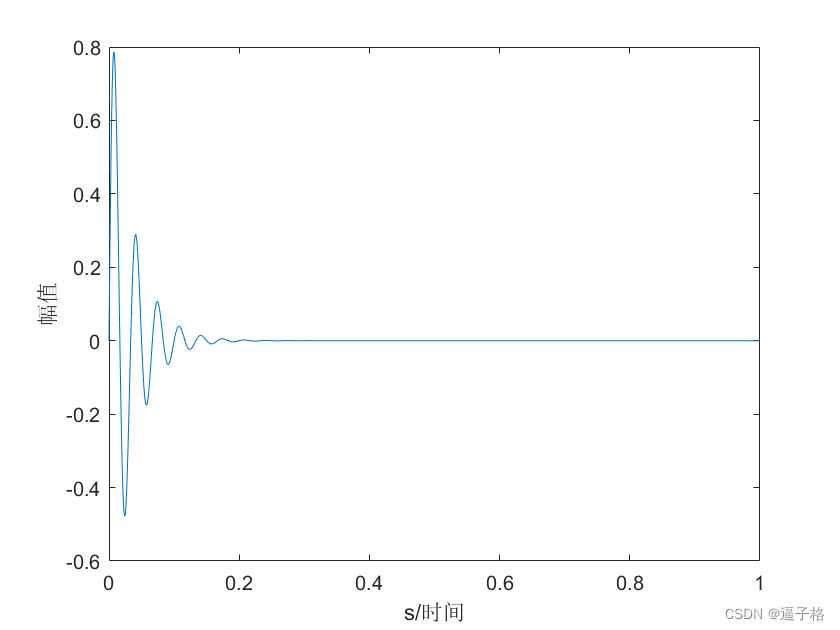
2)脉冲序列1
代码
fx1 = @(x,fn) sin(2*pi*fn*x).*exp(-fn*abs(x));%函数句柄
ffs = 1000;
tp = 0:1/ffs:1;
pp = fx1(tp,30);
plot(tp,pp)
xlabel('s/时间')
ylabel('幅值')
fs = 2e3;
t = 0:1/fs:1.2;
d = 0:1/3:1;
dd = [d;4.^-d]';
z = pulstran(t,dd,pp,ffs);
plot(t,z)
xlabel('s/时间')
ylabel('幅值')视图效果
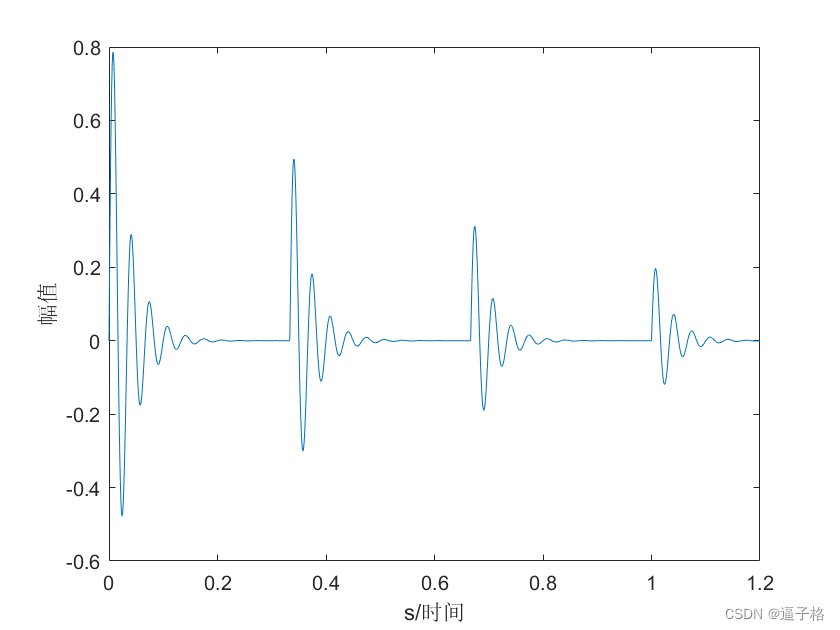
3)脉冲序列2
代码
fx1 = @(x,fn) sin(2*pi*fn*x).*exp(-fn*abs(x));%函数句柄
ffs = 1000;
tp = 0:1/ffs:1;
pp = fx1(tp,30);
plot(tp,pp)
xlabel('s/时间')
ylabel('幅值')
fs = 2e3;
t = 0:1/fs:1.2;
d = 0:1/3:1;
dd = [d;4.^-d]';
z = pulstran(t,dd,pp,ffs);
plot(t,z)
xlabel('s/时间')
ylabel('幅值')
y = pulstran(t,dd,fx1,30);
plot(t,y)
xlabel('s/时间')
ylabel('幅值')视图效果
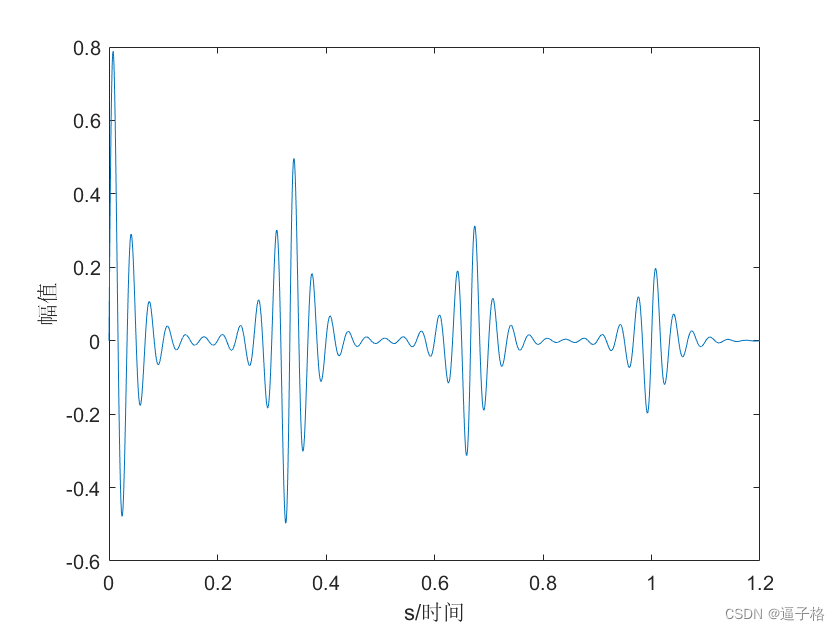
6、改变插值方法与自定义脉冲
1)单脉冲
代码
fnx = @(x,fn) sawtooth(2*pi*fn*0.25*x).*exp(-2*fn*x.^2);
fs = 100;
t = 0:1/fs:1;
pp = fnx(t,50);
plot(t,pp)
xlabel('s/时间')
ylabel('幅值')视图效果

2)插值脉冲序列(nearest和pchip)
代码
fnx = @(x,fn) sawtooth(2*pi*fn*0.25*x).*exp(-2*fn*x.^2);
fs = 100;
t = 0:1/fs:1;
pp = fnx(t,50);
plot(t,pp)
xlabel('s/时间')
ylabel('幅值')
d = [0:25:125; exp(-0.015*(0:25:125))]';
ffs = 100;
tp = 0:1/ffs:125;
r = pulstran(tp,d,pp);
y = pulstran(tp,d,pp,'nearest');
q = pulstran(tp,d,pp,'pchip');
plot(tp,r)
hold on
plot(tp,y)
plot(tp,q)
xlim([0 125])
legend('默认','nearest','pchip')
试图效果:
